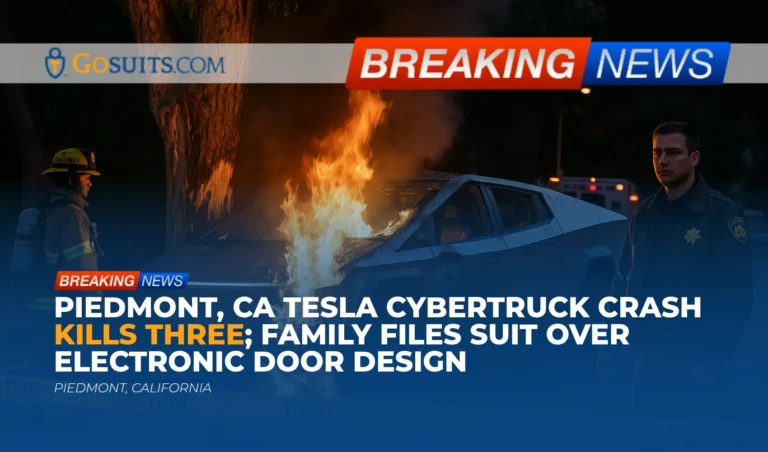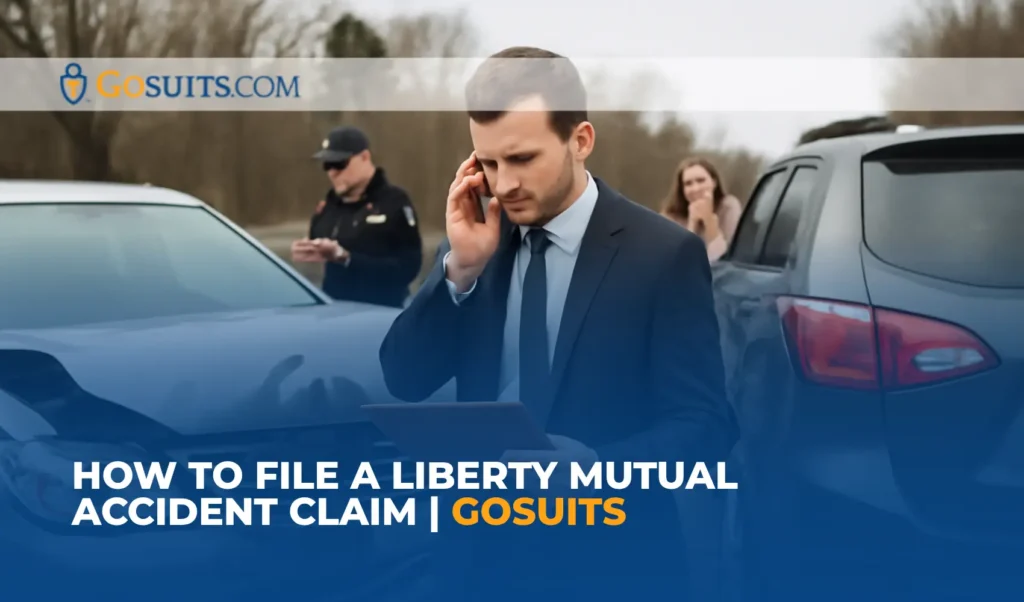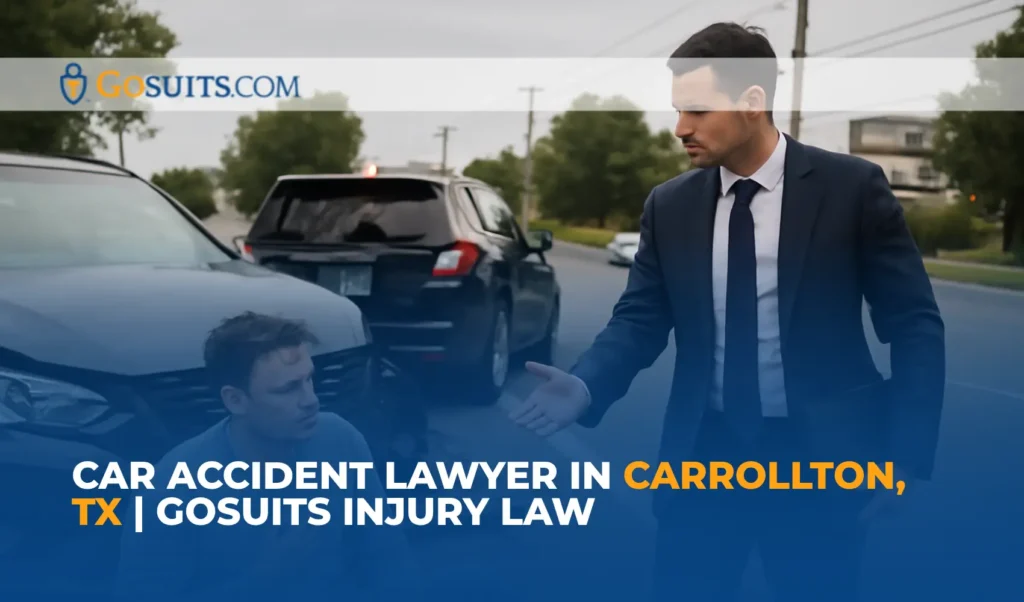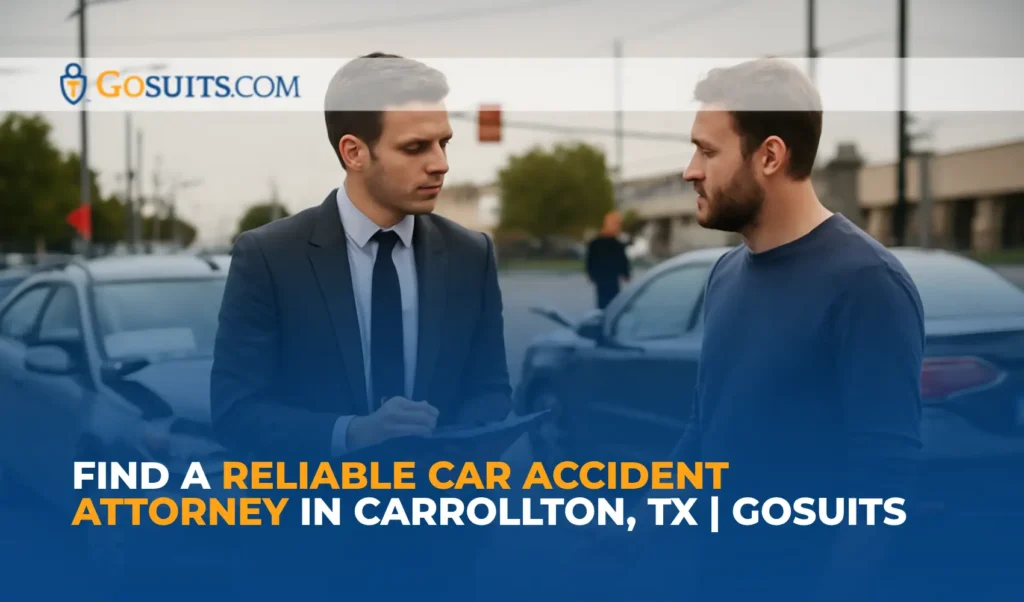- Summary of the Incident
- Who Was Involved
- Where and When It Happened
- Official Reports and Law Enforcement Commentary
- Safety and Regulatory Context
- Legal Issues That May Arise in Civil Claims
- Evidence and Records Families Should Seek
- Practical Steps for Families After a Fatal Crash
- Insurance Considerations
- Places and Agencies to Contact for Reports and Help
- Commentary from Gosuits Piedmont, California Personal Injury Attorney
Summary of the Incident
In late November 2024 a single-vehicle crash in Piedmont, California involved a Tesla Cybertruck that left four occupants trapped inside after the truck struck a tree and ignited. First responders and witnesses report that when the truck’s electrical power shut down, the vehicle doors could not be opened from the inside and passengers were unable to exit. One passenger survived; three, including a 19‑year‑old college student visiting family, died. The family of the deceased has filed a civil lawsuit in Alameda County Superior Court alleging that the Cybertruck’s electronic door design and lack of an accessible manual emergency release contributed to the fatalities.
Who Was Involved
Public reports indicate the occupants were four passengers in the Cybertruck. The suit was filed by the parents of the 19‑year‑old passenger who died. The driver also died in the crash. Local authorities reported evidence that the driver had been under the influence of alcohol and controlled substances. A nearby friend in a following vehicle attempted rescues and was able to remove one occupant through a broken window.
Where and When It Happened
The crash occurred on the night of 27 November 2024 in Piedmont, a small city in Alameda County in the San Francisco Bay Area. The vehicle reportedly struck a tree and caught fire shortly after impact.
Official Reports and Law Enforcement Commentary
The California Highway Patrol and local investigators produced crash documentation that has been referenced in news coverage and in court pleadings. Media reporting on the incident also references a coroner’s report and toxicology showing the driver had alcohol and controlled substances in his system at the time of the crash. Families seeking official documentation should obtain:
- Police crash report from the local police department or the California Highway Patrol (CHP).
- Coroner’s office records, including autopsy and toxicology reports (where available under applicable public access rules).
- Fire department and emergency medical services (EMS) reports describing the scene and rescue attempts.
Safety and Regulatory Context
The design feature at issue in the lawsuit is the Cybertruck’s electrically controlled, flush door handles. Plaintiffs allege that when electrical power was lost, the interior manual release was not a functioning, readily accessible emergency exit method for rear occupants, and that from the outside the flush handles impeded rescue efforts. These claims fall under the broader category of automotive product‑safety design concerns.
The National Highway Traffic Safety Administration (NHTSA) has publicly identified investigations into incidents involving electric door mechanisms and occupant egress in certain Tesla vehicles. NHTSA documents and investigative materials about the agency’s inquiries into power‑operated door systems and related safety issues are available through NHTSA’s website and public reports. Families and their counsel commonly review such regulatory materials when evaluating manufacturer notice and prior complaints.
For the NHTSA action referenced in public reporting, see the agency’s investigative document: NHTSA investigation materials.

Legal Issues That May Arise in Civil Claims
Civil claims in cases like this generally follow several possible lines (each depends on the facts and available proof):
- Product liability (design defect, manufacturing defect, or failure to warn): Plaintiffs may allege the vehicle’s design created an unreasonable risk of harm when power was lost and no adequate manual emergency egress was provided or accessible.
- Negligence of individual parties: Where a driver’s conduct contributes to a crash (for example by driving under the influence), injured parties or survivors may bring claims against the driver’s estate for wrongful death and against any responsible parties whose negligence contributed to the loss.
- Wrongful death and survival actions: California civil law allows certain family members to bring wrongful death claims (for monetary damages related to support, loss of companionship, and other losses) and a survival action to pursue damages the decedent could have sought had they survived.
- Comparative fault issues: Defenses may include claims that conduct of the driver or others contributed to the collision. California applies a comparative negligence system, where recovery can be reduced by the plaintiff’s share of fault. Determining fault often requires careful analysis of physical evidence, witness statements, vehicle data, and toxicology results.
Establishing liability in a product claim often requires proof that (1) the product was defective when it left the manufacturer, (2) the defect caused the injury or death, and (3) the manufacturer knew or should have known about the risk. Regulatory investigations, prior consumer complaints, recall history, and internal manufacturer records can be relevant to prove notice and foreseeability.
Evidence and Records Families Should Seek
Collecting and preserving evidence early is important. Families and representatives commonly request the following records and preserve the following types of evidence:
- Official police/crash report(s) and CHP incident documentation.
- Coroner’s autopsy and toxicology reports (these establish cause of death and presence of intoxicants).
- Fire department and EMS incident reports documenting fire behavior, rescue attempts, and scene conditions.
- Vehicle Event Data Recorder (EDR) or “black box” data; Tesla vehicles typically record telemetry that may show speed, braking, and other pre‑crash data.
- Vehicle maintenance and service records, including any software update history and records of prior complaints or repairs related to door mechanisms.
- Recall notices and manufacturer safety bulletins relevant to door/electrical systems (NHTSA maintains searchable recall and complaint databases).
- Photos and video of the vehicle after the crash, scene photos, and any available surveillance footage.
- Witness statements and contact information for anyone who saw the crash or attempted rescues.
- Phone records, text messages, and social media posts that might reflect events immediately before and after the crash (preserve quickly; these can be lost or deleted).
- Hospital or medical records for any survivors and records documenting the condition of those transported to medical facilities.
Evidence preservation can require immediate action. Physical evidence (such as the vehicle) may be stored by authorities or by the manufacturer; obtaining a court‑ordered inspection or seizure is sometimes necessary to prevent evidence destruction or alteration.
Practical Steps for Families After a Fatal Crash
The period after a fatal crash is understandably overwhelming. Below are practical, compassionate steps families frequently take to protect their rights and to gather the information they will need to understand what happened.
- Notify the local police department and request a copy of the crash report. In Piedmont, contact the Piedmont Police Department records division through the city website to learn the process and any fees for copies.
- Contact the coroner’s or medical examiner’s office to request the autopsy report and toxicology results. Public access rules vary by jurisdiction; the coroner can explain what documents are accessible and how to request them.
- Preserve evidence and identify witnesses. Document any photographs, videos, or messages that relate to the crash; record witness names and contact information.
- Ask the responding fire department and EMS for their incident and run reports; those reports can describe rescue challenges and timeline.
- Do not provide a recorded statement to any insurer before consulting a seasoned personal injury attorney. Statements and admissions can be used later and may affect claim value.
- Keep a careful record of expenses, funeral costs, and any loss of financial support or services—these are items commonly claimed in a wrongful death case.
Insurance Considerations
Multiple insurance sources may be relevant:
- Automobile liability policies covering the driver or vehicle owner.
- Umbrella policies or household liability coverage that could provide additional limits.
- Potential product liability exposure from the vehicle manufacturer, which is typically defended by corporate counsel and insured through commercial liability or product insurance.
Insurance companies routinely conduct prompt investigations. Insurers may request statements from survivors or family members. Because what is said can be used to dispute claims or reduce payment, families should consult a seasoned personal injury attorney before giving recorded or sworn statements to any insurer. An attorney can advise on how to respond to insurer requests and protect legal rights while the investigation proceeds.

Places and Agencies to Contact for Reports and Help
Below are common official contacts and resources families may need to reach. Procedures for obtaining reports, records, and evidence differ by agency; check each office for current policies and requirements.
- Piedmont Police Department — for the local police crash report and investigation details. See the city’s official page: piedmont.ca.gov/departments/police.
- California Highway Patrol (CHP) — if CHP responded, request CHP collision reports through the CHP records process: chp.ca.gov.
- Alameda County Coroner’s Office — for autopsy, cause of death, and toxicology reports. County offices coordinate release of these records per local rules; contact the coroner’s office for procedures.
- Fire Department and EMS — request fire incident and EMS run reports from the local fire district that responded to the scene.
- National Highway Traffic Safety Administration (NHTSA) — searchable databases for recalls, investigations, and consumer complaints related to specific vehicle makes and models. See NHTSA’s public site and investigative materials: NHTSA investigative document and nhtsa.gov.
- Vehicle manufacturer service records — contact the dealership or manufacturer service center for maintenance and repair records, and for any documented safety communications or software updates pertaining to door/electrical systems.
- County vital records or clerk — for certified death certificates and related documentation needed for estates and insurance claims.
Commentary from Gosuits Piedmont, California Personal Injury Attorney
Our hearts go out to the family and friends affected by this devastating loss. The trauma of losing a loved one in a sudden crash — especially when survivors say the person remained alive after impact but could not escape — is profound. This article is provided for general informational and educational purposes to help families understand the types of records and legal issues that commonly arise in these situations.
From a civil personal injury perspective, the facts that have been reported raise two broad questions: whether the vehicle’s design created an unreasonable risk of entrapment when electrical power was lost, and whether the driver’s conduct contributed to the crash. Product liability claims against a vehicle manufacturer focus on whether the design was defective or whether adequate warnings or emergency egress options were provided and accessible. Proof typically requires technical analysis, reconstruction, and documentary evidence showing the vehicle performed in a way that a reasonable consumer would not expect.
It is important to understand how corporate defenses and insurance companies commonly handle claims. Manufacturers and insurers often retain experienced defense counsel who will request and scrutinize records quickly, and they may seek to limit exposure by emphasizing comparative fault or pointing to intervening causes. Insurance adjusters routinely request recorded statements and documents early in the investigation. What families or survivors say to an insurer — even in an informal call — can be used later to dispute a claim. For that reason, families should contact a seasoned personal injury attorney before providing recorded statements or signing releases. An attorney can help preserve evidence, coordinate expert inspections of the vehicle, and ensure preservation of EDR data and other critical materials.
Finally, time matters. Civil claims have firm deadlines and important preservation steps (for example, ensuring the vehicle is not altered or destroyed). Seeking a prompt, free consultation with an attorney familiar with automobile product liability and wrongful death litigation allows families to understand legal rights, available evidence, and the procedural steps necessary to protect a claim. A consultation can help families determine whether to seek preservation orders, begin discovery, or pursue other protective measures while authorities complete their investigations.
We recognize that nothing can undo the harm families have suffered. The information here is intended to inform and to help families take practical steps during an extraordinarily difficult time. If you are considering a civil claim, speak with counsel before speaking with insurers, and move quickly to preserve critical evidence and records.






